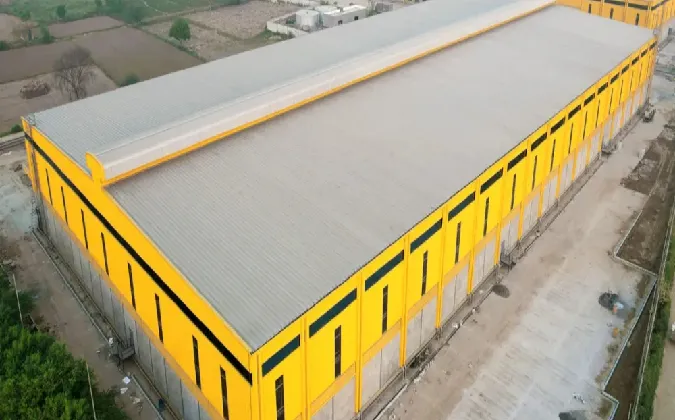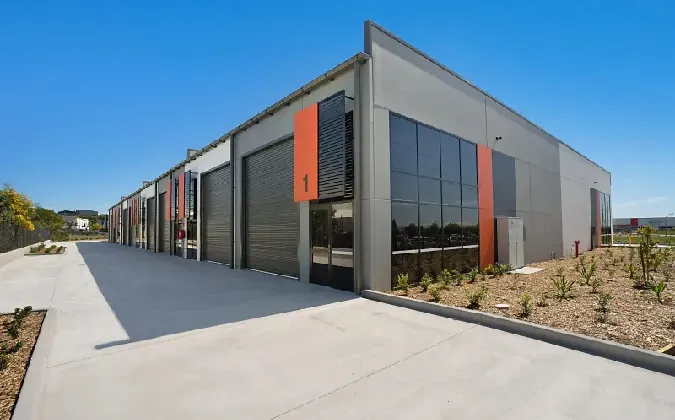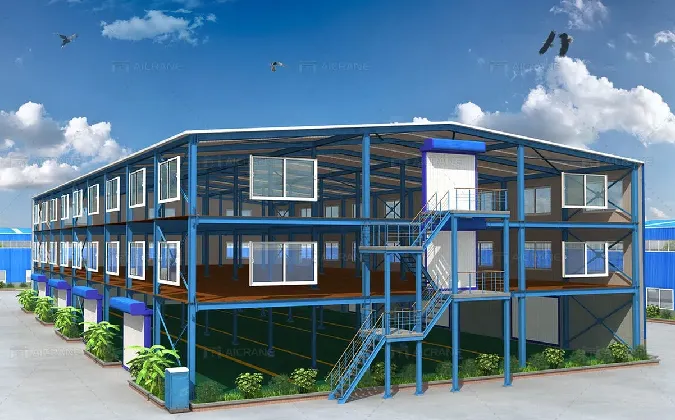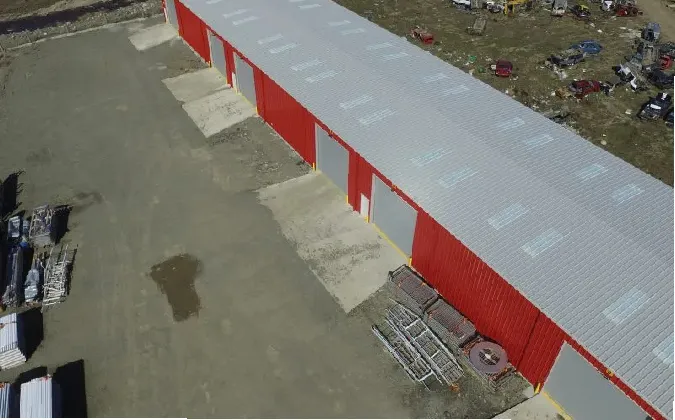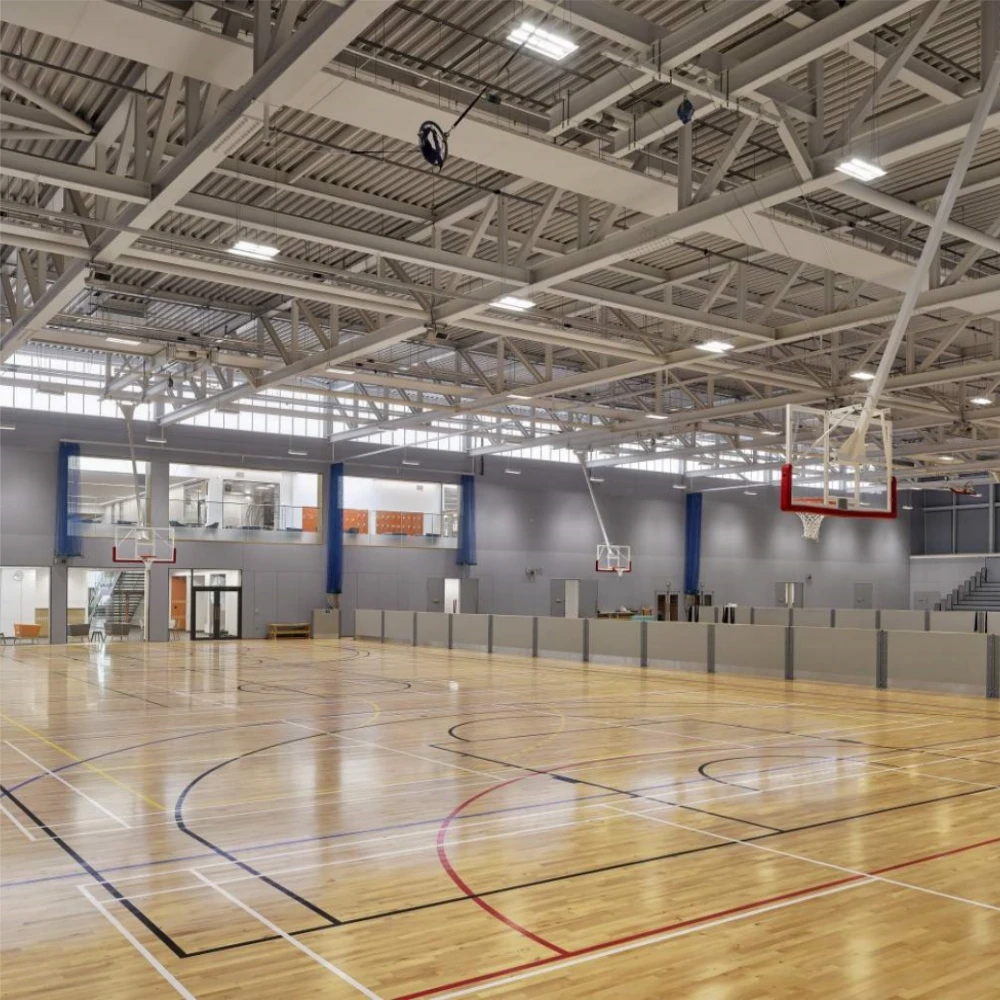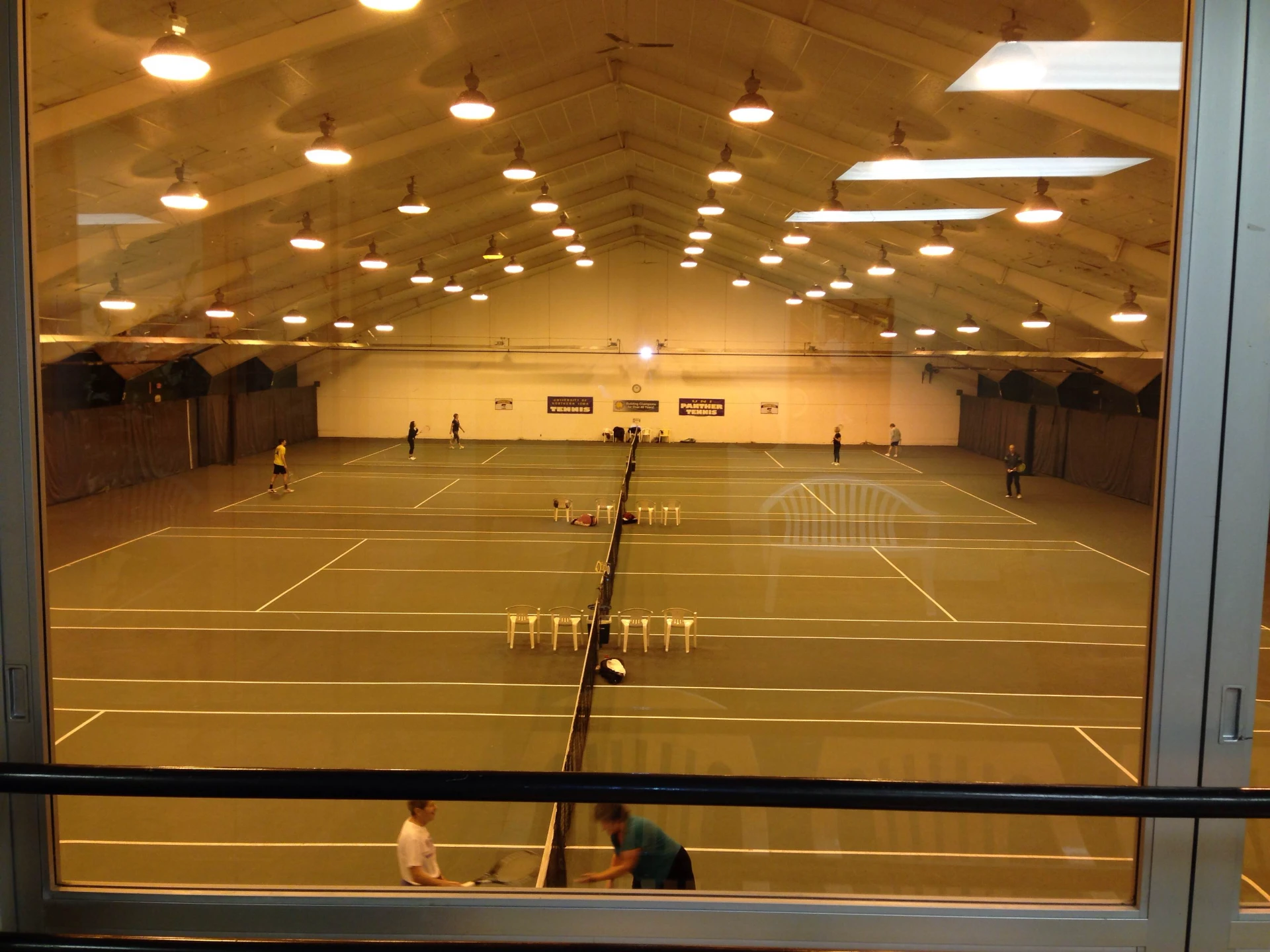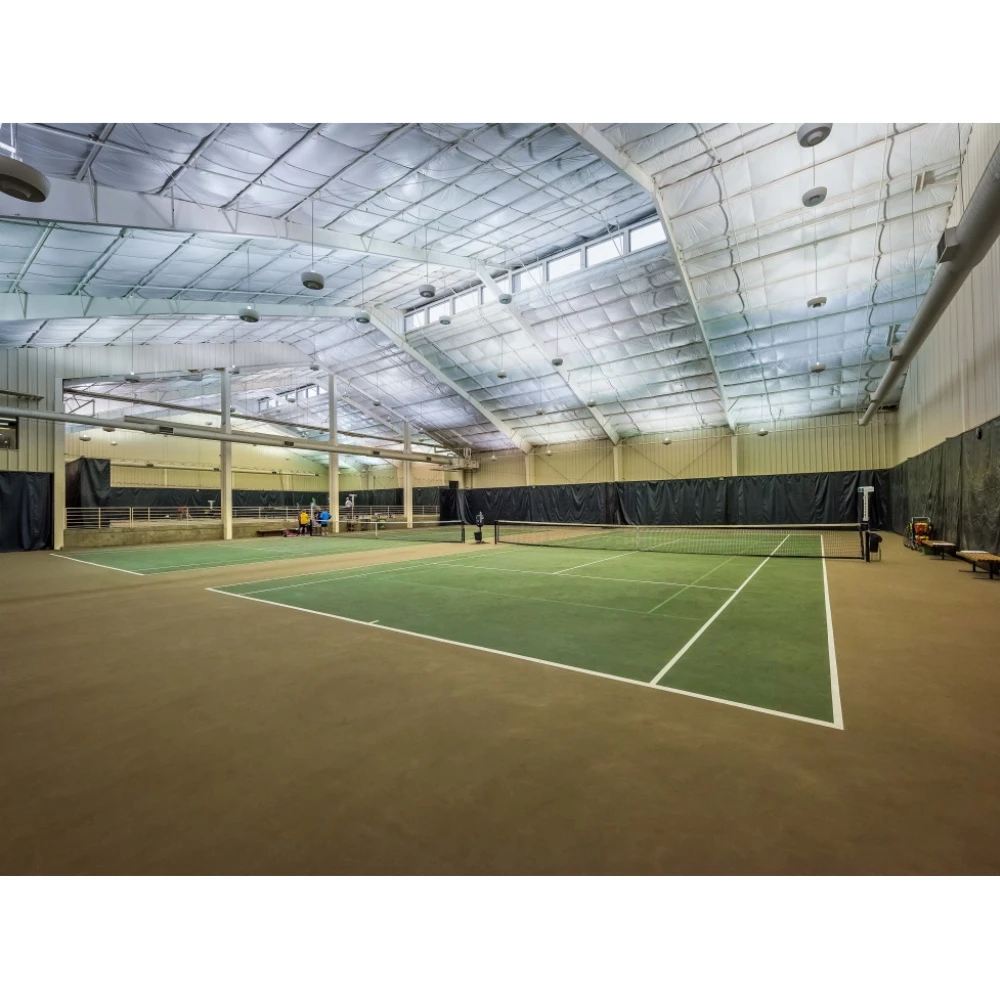- Afrikaans
- Albanian
- Amharic
- Arabic
- Armenian
- Azerbaijani
- Basque
- Belarusian
- Bengali
- Bosnian
- Bulgarian
- Catalan
- Cebuano
- Corsican
- Croatian
- Czech
- Danish
- Dutch
- English
- Esperanto
- Estonian
- Finnish
- French
- Frisian
- Galician
- Georgian
- German
- Greek
- Gujarati
- Haitian Creole
- hausa
- hawaiian
- Hebrew
- Hindi
- Miao
- Hungarian
- Icelandic
- igbo
- Indonesian
- irish
- Italian
- Japanese
- Javanese
- Kannada
- kazakh
- Khmer
- Rwandese
- Korean
- Kurdish
- Kyrgyz
- Lao
- Latin
- Latvian
- Lithuanian
- Luxembourgish
- Macedonian
- Malgashi
- Malay
- Malayalam
- Maltese
- Maori
- Marathi
- Mongolian
- Myanmar
- Nepali
- Norwegian
- Norwegian
- Occitan
- Pashto
- Persian
- Polish
- Portuguese
- Punjabi
- Romanian
- Russian
- Samoan
- Scottish Gaelic
- Serbian
- Sesotho
- Shona
- Sindhi
- Sinhala
- Slovak
- Slovenian
- Somali
- Spanish
- Sundanese
- Swahili
- Swedish
- Tagalog
- Tajik
- Tamil
- Tatar
- Telugu
- Thai
- Turkish
- Turkmen
- Ukrainian
- Urdu
- Uighur
- Uzbek
- Vietnamese
- Welsh
- Bantu
- Yiddish
- Yoruba
- Zulu
Sep . 22, 2024 09:02 Back to list
The Aesthetic and Functional Appeal of Metal Pavilion Structures
In recent architectural trends, metal pavilion structures have gained prominence for their unique blend of aesthetic appeal and functional utility. These pavilions serve not only as striking landmarks but also as multifunctional spaces that cater to various community needs. This article explores the creative possibilities, structural advantages, and environmental considerations of metal pavilions.
Metal, as a building material, offers several advantages that make it ideal for pavilion design. Its high strength-to-weight ratio means that metal structures can span large areas without the need for extensive support systems. This capability allows architects to design open, airy spaces that feel expansive and engaging. Furthermore, metal can be manipulated into a variety of forms and finishes, giving designers the freedom to create innovative and eye-catching structures.
The use of metals such as steel and aluminum also lends a contemporary edge to pavilion designs. These materials can be coated with weather-resistant finishes, allowing for striking visual aesthetics while promising longevity and durability. The interplay of light on metal surfaces can create dynamic visual effects, enhancing the pavilion's interaction with its environment throughout different times of the day. For example, during sunlight, the pavilion may shimmer and glitter, while at sunset, it can take on rich, warm hues.
metal pavilion structure
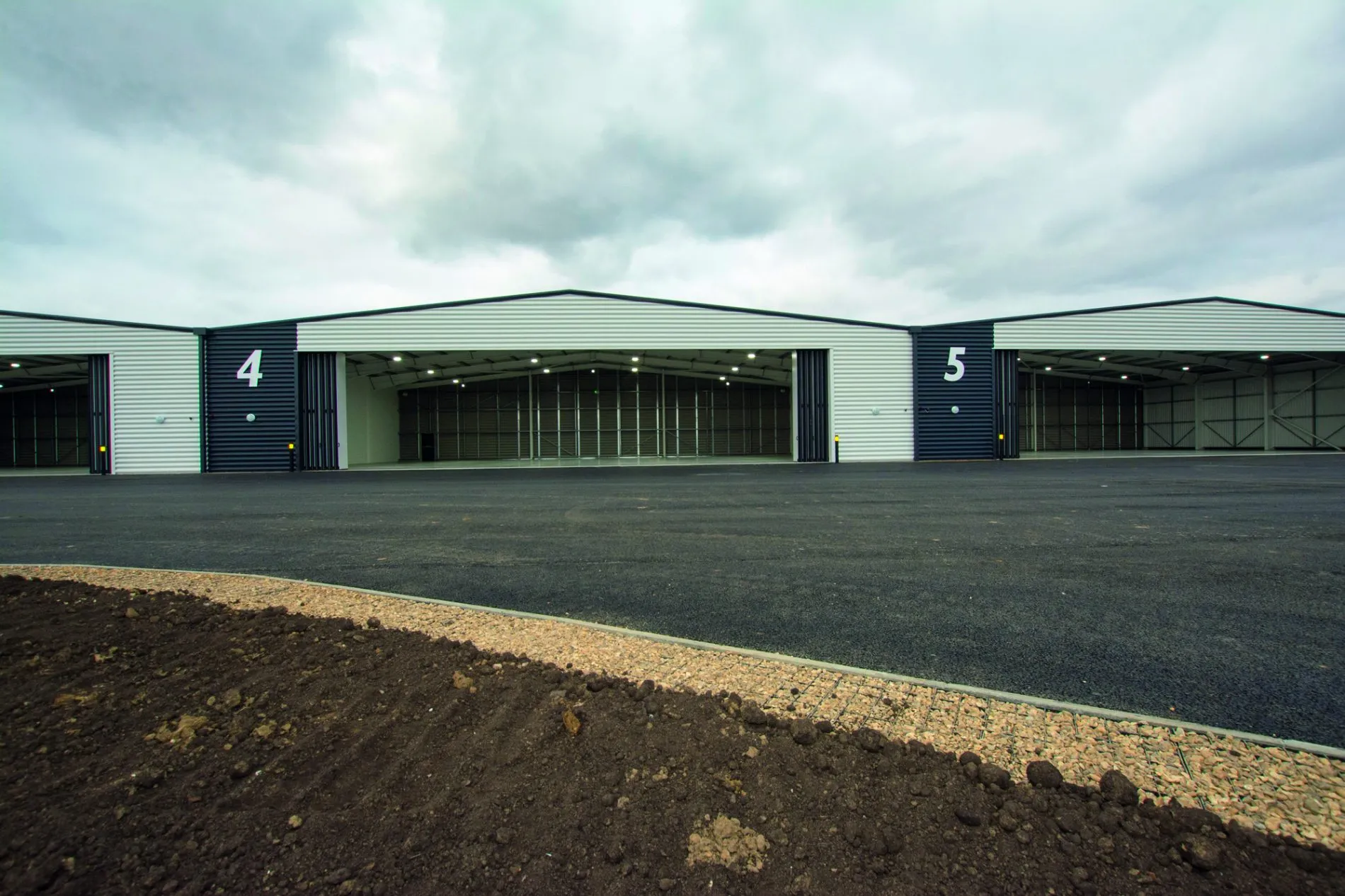
One of the key aspects of metal pavilions is their versatility. They can serve multiple functions, from exhibition spaces to recreational areas, concert venues to food stalls. In urban settings, a metal pavilion can provide a much-needed gathering space in parks or public squares. In addition, due to the relatively quick construction timeline associated with metal structures, they can be deployed for temporary events, such as festivals or markets, before being repurposed or relocated.
Environmental considerations are also at the forefront of modern architecture, and metal pavilions align well with sustainable practices. Metals are often recyclable, reducing the overall environmental footprint of a project. Additionally, many designs incorporate green roofs, solar panels, and rainwater harvesting systems, further enhancing the sustainability aspect. These features can significantly lower energy consumption and promote biodiversity in urban areas.
In their aesthetic execution, metal pavilions often incorporate other materials and design elements, creating a harmonious blend. The juxtaposition of warm wood, glass, or even water features with metal allows for rich textures and contrasting materials, resulting in a visually stunning environment. Architects often focus on achieving a balance between innovative design and the practical needs of users, crafting spaces that are not only visually arresting but also welcoming and user-friendly.
In conclusion, metal pavilion structures exemplify the fusion of creativity and functionality in contemporary architecture. Their design potential, structural advantages, and alignment with sustainability make them an appealing choice for public and private spaces alike. As cities continue to grow and evolve, the role of metal pavilions will likely expand, offering unique areas for interaction, engagement, and community building. As architects push the boundaries of design, the future may hold even more innovative avenues for the utilization of metal in pavilion structures, enriching our built environment.
-
How Do Prefabricated Steel Structures Transform Modern Construction?
NewsJul.14,2025
-
How Do Prefabricated Metal Buildings Redefine Modern Construction?
NewsJul.14,2025
-
How Do Prefab Insulated Metal Buildings and Steel Structures Revolutionize Modern Construction?
NewsJul.14,2025
-
How Do Pre - Engineered Steel Structures Redefine Modern Construction?
NewsJul.14,2025
-
Advancing Modular Construction with Prefabricated Metal Structures
NewsJul.14,2025
-
Advancing Industrial Infrastructure with Prefabricated Steel Solutions
NewsJul.14,2025
Products categories
Our Latest News
We have a professional design team and an excellent production and construction team.






